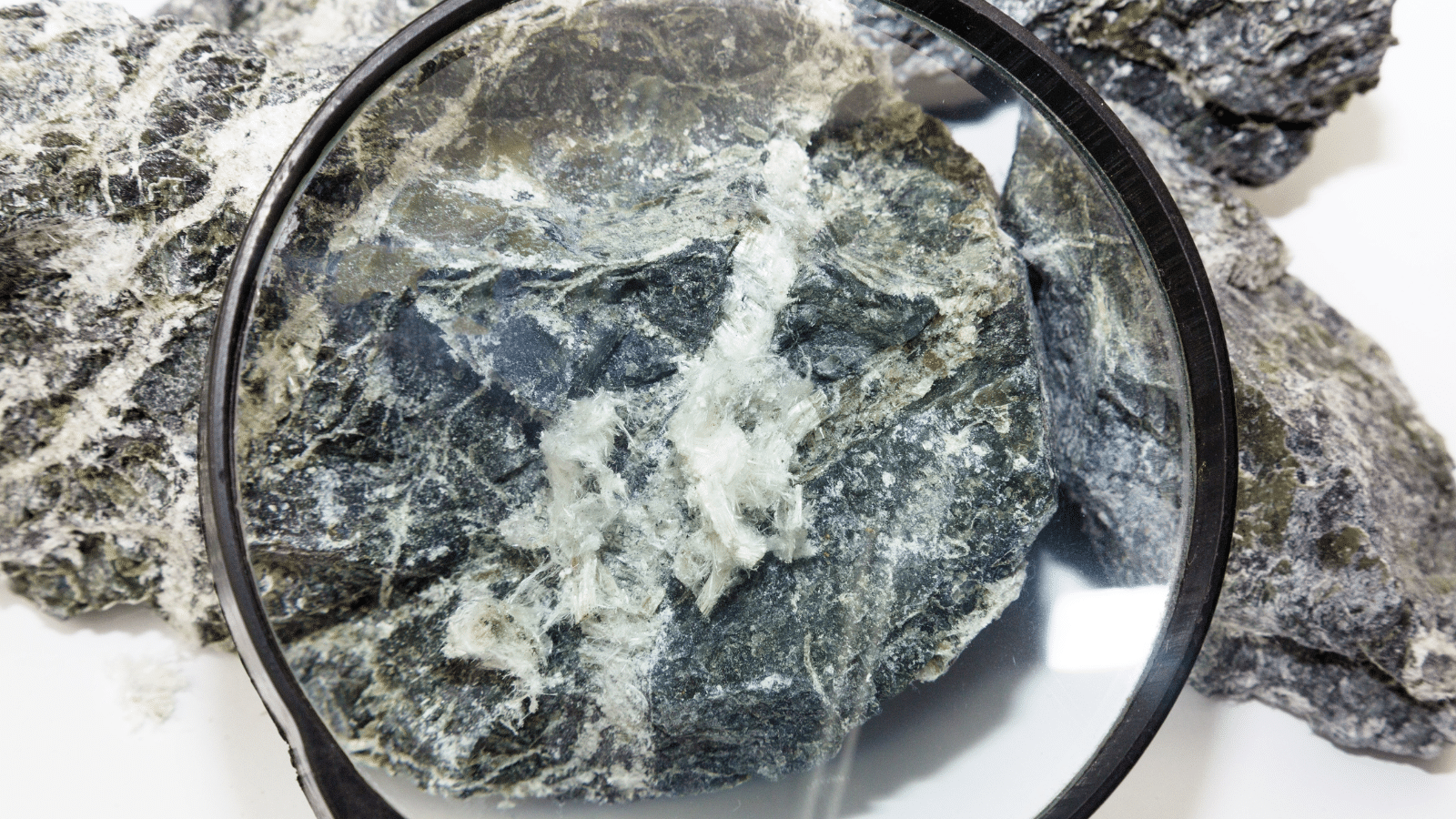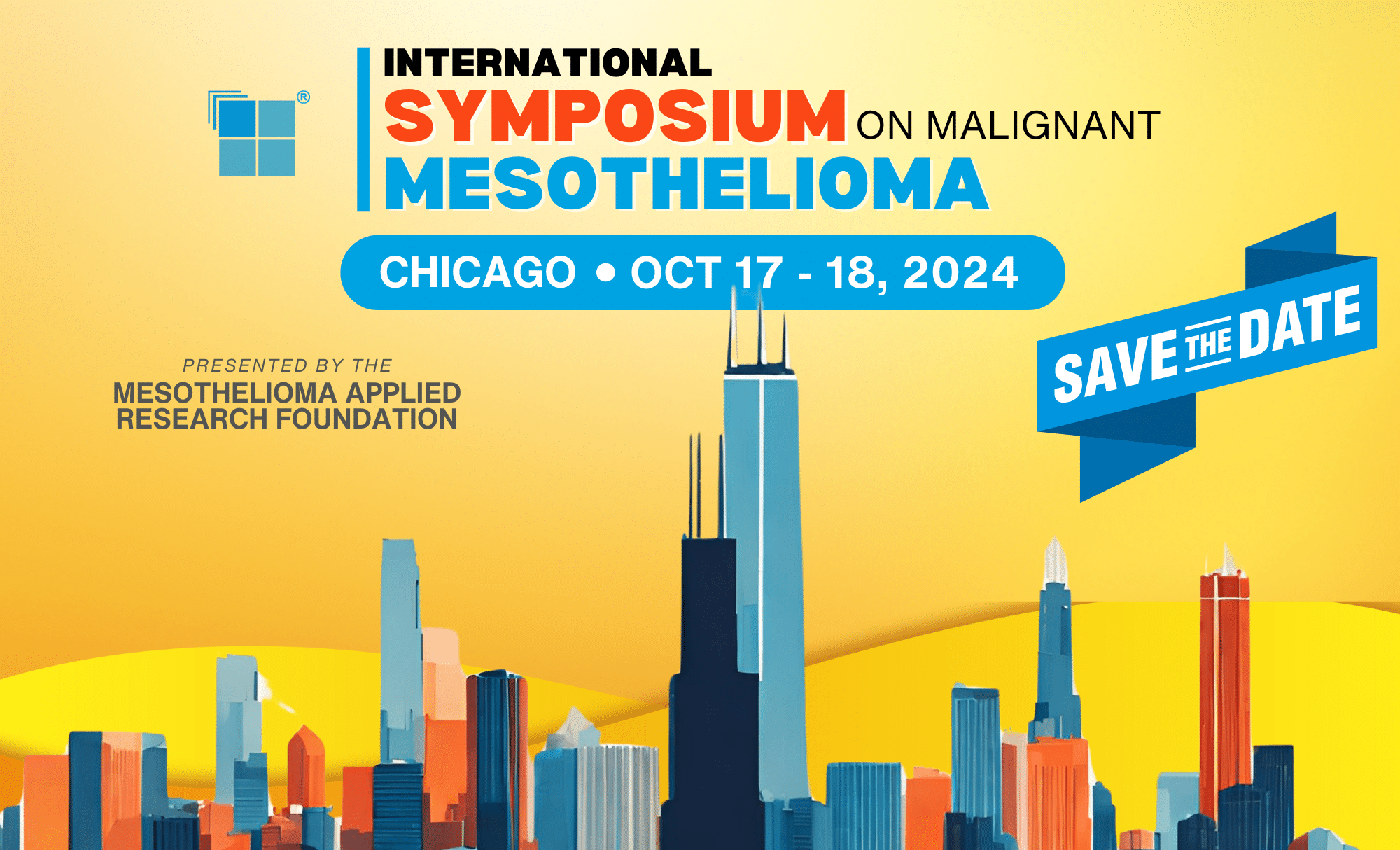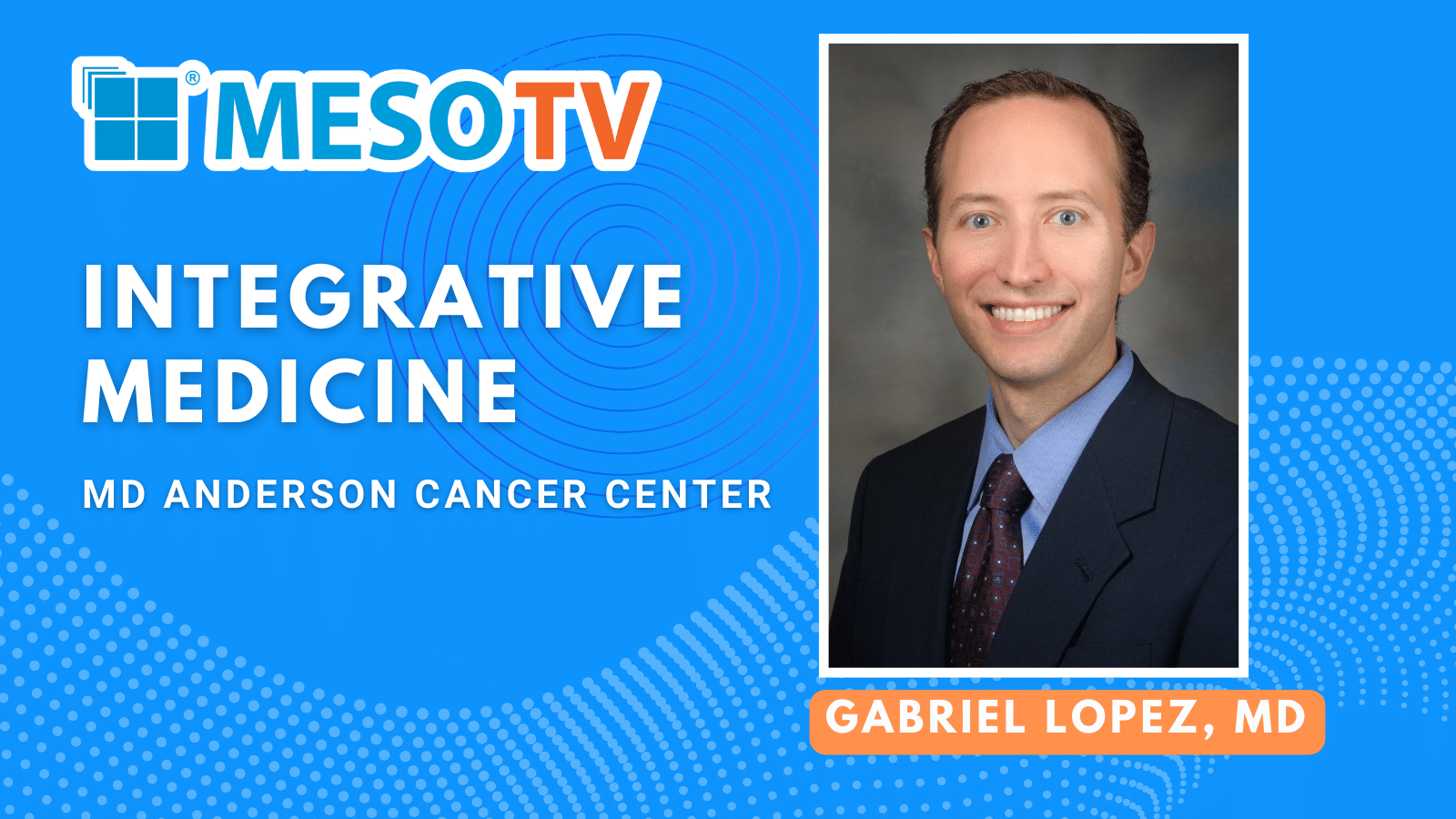A few days passed in the hospital. Some of my friends came to visit. The mix of people who came to visit was interesting, too. I was surprised at some of the people I saw, and some of the people I didn’t see. But more than anything, I was just grateful to have visitors. It gets incredibly boring just sitting around the hospital. And it was nice to talk about something other than the treatment or what procedure or test was coming up next.
And although many of my friends came to visit, one person went so far beyond the obligations of mere of friendship that I consider him like family. Like my brother. His name is Mina Makary, and he’s one of the chief residents in my program. I first met Mina when I was a PGY-2 resident. I had finished my internship and was near the end of my first year of radiology residency. Mina was a year behind me. He was just finishing up his internship and was going to be starting radiology, with us, in July. And so, he used one of his electives during his intern year to come spend a month with us before he officially started.
Through entirely coincidental dumb luck, Mina was assigned to the resident reading chest radiographs and CTs: me. And so every day for a month, Mina would come sit with me and we’d read films together. I had almost a year of radiology under my belt at that point, so I knew just a bit more than nothing about radiology. And so, it was a case of the almost-blind leading the blind. But as they say, in the land of the blind, the man with one eye is king! We had a great time together, and Mina and I got along fantastically. It was a great month – I got to do a bit of teaching, and Mina got a leg up on starting radiology. I remembered exactly how boring it could be to sit there and just watch radiologists read cases. I had been an observer on radiology rotations when I was a medical student. You’re sitting in a dark room, doing nothing, watching someone dictate a case. And most radiologists aren’t known for their stunning interpersonal skills. The biggest challenge, quite frankly, is trying to stay awake. It’s like watching someone do a puzzle, or play a video game. It looks like it would be fun, if you could do it, but you just have to watch. Which is way less fun.
So I decided I wasn’t going to be that kind of radiologist. I was going to show people that radiology could be interesting. And chest radiographs are the perfect first tool for that, because you have only 1 or 2 images to look at per case. There can be hundreds or thousands of images on CTs or MRIs, and since we scroll up and down so much, it’s hard for anyone watching you read the case to see what structure you’re assessing at any given moment. If they’re trying to look at the liver while you’re looking at the kidneys, they’re gonna have a bad time. But with plain films like chest radiographs, we’re all looking at the same image or two images. So I could look at it and decide what I thought, but on every case, I always gave Mina the first swing at it.
Within a few days, he was really getting the hang of it. He was saying most of the things that I thought, too. We’d talk about how you have to try to put the whole case together from a series of findings you make, and then summarize what you think it could be. And then he started asking questions that I kind of knew the answers to, but wasn’t always 100% sure. So now I was going home and reading a bunch at night, too, so I didn’t sound like an idiot at work. I got to teach someone, which is something I love doing, and he pushed me to be an even better radiologist.
Mina has since far surpassed me, and truthfully every other resident in the program, in terms of overall radiology knowledge. I really think that, even after the 10+ hour days we often put in while residents, Mina goes home and reads about radiology for hours. How excited would you be, if when you got home after a long day at the office, you had to study up on your work project, or do anything at all related to work? I used to think that no one would do that. But now, I think at least one person does. I think Mina actually goes home and reads the quite frankly insane amount of reading they give us. We’re talking, sometimes, over 50 or 100 pages assigned to read in one night. Most of us skim it… or just take our chances. But Mina has clearly done his homework. In case conferences, he is a machine and can just list things off the top of his head that I still have to look up. There’s no doubt in my mind that he will be the best radiologist to graduate from my program in quite some time. He’s very interested in interventional radiology, and is already involved in our national professional society in a leadership capacity. One day, he’s going to be the president of the Society of Interventional Radiology (SIR). Or at least, I think so. Just remember who was nice to you back in the day, once you’re the head honcho, Mina!
And he’s also one of the most empathetic and caring people I’ve ever met. When he heard about my diagnosis, he hand-wrote me a letter offering condolences and any help I needed. Everyone offered help. Mina just decided to give us help. He gave us gift certificates to get food. His mom baked us delicious meals, just so we wouldn’t have to cook, and made us home-made baklava for a treat. It was fantastic, in case you were wondering. He got me souvenirs from his trip to the SIR meeting in Canada, which I was unable to attend. He bought me a series of books on spirituality after I mentioned to him that I had been looking into that more. He got me another gift card, this one just for video games, because I told him the hospital was boring. He knew I needed a publication for residency, and so he found one of the more interesting IR cases that we had worked on together in the past – a case from the time we were both on the IR rotation, without any fellows, running the entire service by ourselves (which is a whole story in and of itself) – and he wrote it up and published it with both of our names on it.
Very rarely in life, if you’re lucky, you may encounter someone who gives you a glimpse of how truly excellent human beings can be when they constantly strive for the good. I believe that a spark of the divine exists within us all, but in Mina, the light of God shines most brightly. I don’t know if there’s any way I can actually repay him for all of the things he’s done. I would donate a kidney for Mina. And although I don’t think they’d really want one of my damaged goods kidneys anymore, the sentiment is nonetheless identical. I will be eternally grateful for everything he and his family have done for Nicole and me. Specifically mentioning all of the various and sundry ways in which Mina has been a godsend throughout all of this is quite figuratively the least I can do. And if one day you should find yourself in the care of an interventional radiologist named Mina Makary, MD, fear not, for you are in most excellent hands indeed.
Read the previous installment by Christopher Graham here: Chapter 4 | Part 2: From “Doctor” to “Mister,” From Person to Patient
Christopher Graham is a radiologist who was diagnosed with peritoneal mesothelioma in early 2016 at the age of 32, two months after he was engaged to his now-wife. He has since undergone two major surgeries, intra-abdominal chemotherapy, and has had many significant complications as a consequence of his treatment. He currently lives in Columbus, Ohio with his wife Nicole and their two dogs. Christopher plans to finish residency and fellowship after treatment, and he and his wife are trying to get their lives back to something resembling normalcy after dealing with such a devastating diagnosis.




